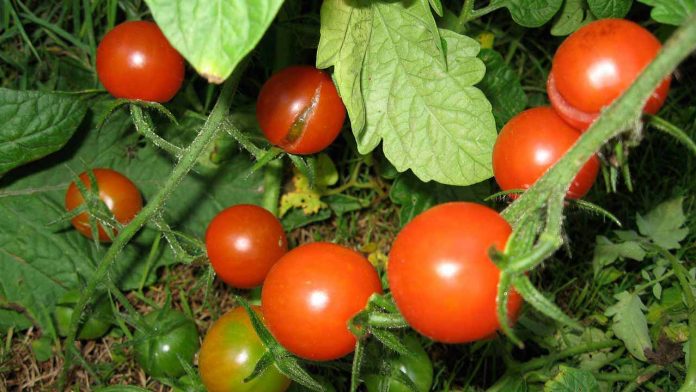Experts in biotechnology say that with the world’s population expected to reach nine billion by 2050, embracing biotechnological innovations can help achieve the Sustainable Development Goals (SDGs).
They said this on Monday at the Precious Cornerstone University (PCU), Ibadan, during the 2nd Recent Advances in Biotechnology Conference and Workshop (RAIB-2021).
Dr. Charlse Adetunji, President of the Nigeria Bioinformatics and Genomics Network, spoke on innovations for diverse global challenges using functional bioinformatics approaches, especially during the COVID era, in his keynote address, emphasizing the importance of biotechnology for the future.
He suggested that innovations in bioinformatics on the sustainable environment and circular economy could be used as tools to achieve the SDGs and address climate change challenges.
Read also: Economy: Business leaders must pay close attention to public sector leadership – NESG
According to him, the world population will reach nine million by 2050, and agricultural production will need to increase by 60%, according to the Food and Agricultural Organization (FAO).
“Agriculture must undergo a significant transformation to feed the world’s growing population,” Adetunji said.
“Climate change increases the difficulty of achieving this goal, particularly in developing countries where food insecurity and poverty are common.”
The discovery of a new bioherbicide, according to the expert, could help farmers avoid using synthetic herbicides, which is one of the threats to food safety, the ecosystem, and human health.
Dr. Su Shiung Lam of the University of Malaysia Terengganu, who spoke about the latest innovation in the conversion of waste into value-added products using microwave vacuum pyrolysis, said the process was very efficient and bio-friendly.
“Microwave vacuum pyrolysis simultaneously treats waste plastic and used cooking oil.” “It has a fast heating rate, a quick reaction time, low energy, and a high product yield,” he explained.
Microwave pyrolysis and bacterial fermentation integrated into the bioplastic production system, according to Lam, were the solution the world needed.
“It uses microwave co-pyrolysis to convert commercial plastic waste to biofuel and bio-oil, and then Bacterial Fermentation of bio-oil to produce bioplastic,” he explained.
Join Television Nigerian Whatsapp Now
Join Television Nigerian Facebook Now
Join Television Nigerian Twitter Now
Join Television Nigerian YouTUbe Now






















